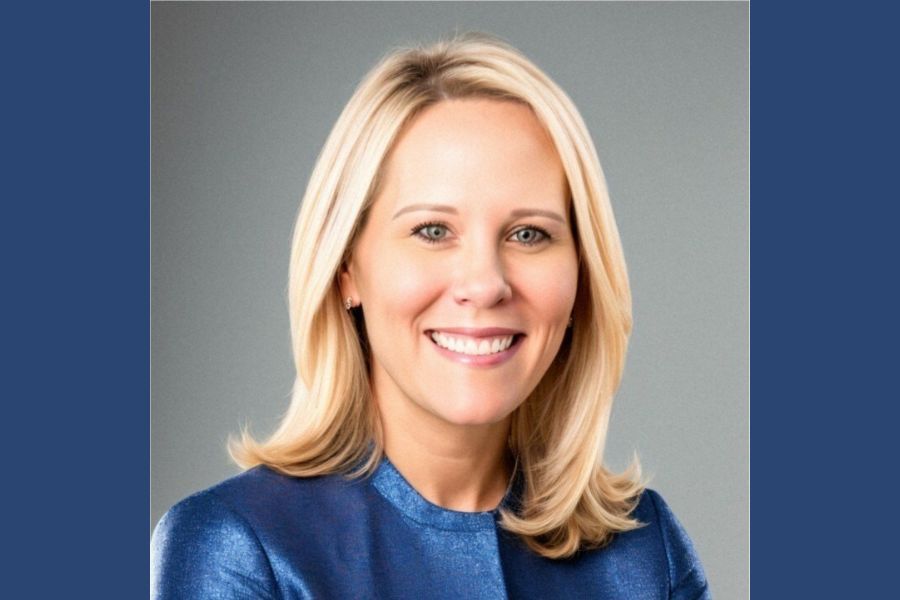TD Ameritrade finds momentum in its new model portfolio marketplace
The platform is designed for advisers who want to have a hand in portfolio construction, but are also concentrating on other areas of the financial planning process.
TD Ameritrade Institutional is offering a leg-up to do-it-yourself financial advisers who want to be involved in portfolio construction, but not so much that it’s the only thing they’re doing for clients.
After more than three months of beta testing through a “soft launch” to RIAs working with the custodian, TD on Wednesday unveiled its Model Market Center for its registered investment adviser customers.
The platform, which follows the lead of other technology-based companies that offer model portfolio options, provides access to portfolios from outside investment management firms.
Unlike a more traditional management account platform that might have a limited list of packaged allocation strategies, the TD platform allows advisers to select strategies for their clients, tweak and even blend with other strategies to customize a client’s portfolio.
Danielle Fava, director of product strategy and development at TD Ameritrade Institutional, described the platform as a “starter kit” for advisers who already have a penchant for investment management but are looking to spend less time building portfolios.
“The third-party money manager is providing the asset allocations, and the adviser is making the decisions,” she said. “This gives more control to advisers if they want to do it themselves.”
The platform was initially rolled out in October to RIAs using TD’s iRebal portfolio re-balancing service.
Ms. Fava said the fact that a third of the 3,000 users of iRebal have already started using the new Model Market Center is a good indication of the appetite for the platform.
“We’ve already surpassed what my targets were for the year,” she said. She said it was hard to say how many of TD’s 6,000 RIAs will ultimately adopt the service.
“The only gauge we’ve ever had of the willingness for advisers to give up this part of their business is the current managed account platform,” she said. “And those programs can be relatively expensive, because there are embedded costs to advisers.”
Also, unlike a managed account platform, advisers using the model portfolios do not give up discretion, and they continue to act as a fiduciary to their clients.
The Model Market Center, which currently partners with eight investment managers to offer 62 different investment models, is free to advisers in a custodial relationship with TD.
TD is not yet disclosing details related to total assets on the new platform or account sizes, but the custodian does not see the Model Market Center as a threat to cannibalize its managed accounts platform, which represents more of a hands-off turnkey solution for advisers.
“Most of the advisers on the new platform were building their own custom asset allocation strategies, but there is a shift going on, and there are a lot of technological advancements going on in this space,” Ms. Fava said. “Advisers, years ago, stopped talking about how they can outperform the market. So, even though that’s not part of the value proposition anymore, no one ever gave the advice community a way to stop trying to beat the market.”
Technically speaking, TD’s new platform joins a trend of more customizable portfolio-construction services that reflects a pattern toward upgrading the traditional turnkey asset management platform.
Michael Kitces, partner and director of wealth management at Pinnacle Advisory Group, wrote about the trend toward model marketplaces a year ago.
As Mr. Kitces explained, asset managers are driving forces behind the model marketplaces, which makes perfect sense.
The investment managers on the TD platform, for example, almost exclusively use propriety products in their asset allocation models.
“Ultimately, it remains to be seen whether model marketplaces will gain traction, and via which platform – from robo onboarding tools to portfolio accounting software to an RIA custodian – advisers will choose to adopt,” Mr. Kitces wrote.
In the case of TD, it appears to be two out of three, and Mr. Kitces gets points for foresight.
Learn more about reprints and licensing for this article.








